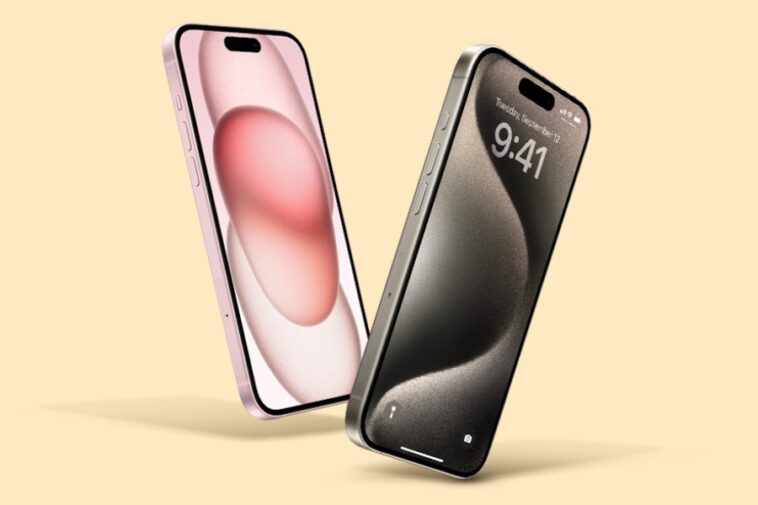Over time, as you use your iPhone regularly, the device might experience a gradual decrease in performance, which can be attributed to the accumulation of data in various caches.
This build-up of cached data can cause your phone to run slower and experience occasional glitches. Fortunately, a simple solution to address this issue is by clearing the cache. While iPhones lack a designated “clear cache” button that is present in some Android devices, numerous effective methods exist to help you remove this stored data.
In this comprehensive guide, we will provide you with detailed steps to navigate through the cache-clearing process systematically.
What Is Cache?
Cache refers to temporary files stored by apps and websites to enhance performance. When you revisit a website or use an app, cached data allows quicker load times by reusing previously stored information.
However, over time, this accumulated data can take up valuable storage space and may even cause apps to malfunction.
Clearing your cache can:
- Free up storage space
- Improve performance and reduce app crashes
- Solve browser-related issues (e.g., slow page loading, glitches)
- Ensure smoother iPhone operation
Clearing Cache in Safari
Safari is the default browser on iPhones, and it stores a significant amount of cached data over time. Here’s how to clear it:
- Open Settings: Go to your iPhone’s “Settings” app.
- Scroll to Safari: Scroll down and tap on “Safari.”
- Clear History and Website Data: Scroll down again and tap “Clear History and Website Data.” This action clears cookies, cached files, and browsing history.
- Confirm: A pop-up will ask if you’re sure. Tap “Clear History and Data” to confirm.
This will delete browsing history, cached files, and cookies from Safari, but it won’t affect saved passwords or autofill information.
It’s an excellent way to refresh the browser if it’s slowing down or acting strangely.
Clearing App Cache
Unfortunately, Apple doesn’t provide a one-stop option to clear all app caches on the iPhone. Each app stores data differently, so you’ll have to clear cached data on an app-by-app basis.
Some apps offer built-in features to clear cache, while others require deleting and reinstalling the app to wipe its cache. Below are two common methods:
- Using the App’s Built-in Cache Clearing Option:
- Some apps (such as Spotify and Twitter) allow you to clear the cache directly from their settings.
- Open the app, navigate to its “Settings,” and look for options related to storage or cache. Tap the relevant option to clear cached data.
- Delete and Reinstall Apps:
- If the app doesn’t have a built-in feature for cache clearing, your best bet is to delete and reinstall the app.
- Go to Settings > General > iPhone Storage and scroll through the list of apps. It shows the total space taken by each app, including the cache.
- If an app’s cache is too large, tap on the app name, then choose “Delete App.” Afterward, reinstall it from the App Store. This will remove the cache and the app data, giving you a fresh start.
Using Offload Unused Apps
If you want to save space without losing an app’s data, Apple offers a handy feature called “Offload Unused Apps.”
This feature deletes the app itself but retains its documents and data. When you reinstall the app, all your data is restored, but the cache is cleared. Here’s how to enable it:
- Go to Settings: Open “Settings” and go to “General.”
- iPhone Storage: Scroll down and tap on “iPhone Storage.”
- Enable Offload Unused Apps: Tap “Enable” next to the “Offload Unused Apps” option.
Once enabled, your iPhone will automatically offload unused apps when storage is low, freeing up space without deleting important data.
Clear Cache from Third-Party Browsers
If you use third-party browsers like Chrome or Firefox on your iPhone, clearing their cache is equally essential. The process is relatively similar to Safari:
- Google Chrome:
- Open the Chrome app, tap on the three dots at the bottom-right, and go to “Settings.”
- Tap “Privacy” and select “Clear Browsing Data.”
- Choose what data you want to clear (such as cached images, files, or cookies) and tap “Clear Browsing Data.”
- Mozilla Firefox:
- Open Firefox, tap on the three lines at the bottom-right, and select “Settings.”
- Scroll down to the “Privacy” section and tap “Data Management.”
- Choose “Clear Private Data,” and then select what you want to delete (cache, cookies, etc.).
While Apple does not offer a direct mechanism for clearing all cached data at once, the procedures mentioned in this post will help you free up space and improve the efficiency of your iPhone.
Clearing your cache on a regular basis, particularly in apps and browsers, is an excellent maintenance habit that will keep your iPhone running smoothly for years.
By following these simple steps, you can ensure that your iPhone runs smoothly and free of needless clutter.





GIPHY App Key not set. Please check settings